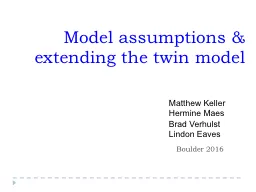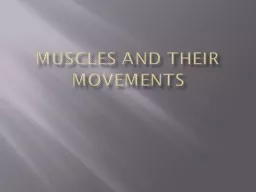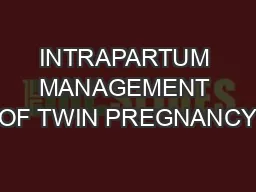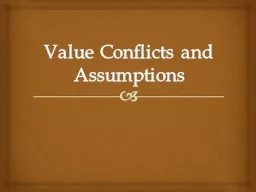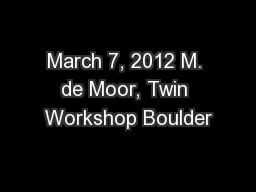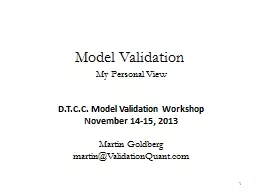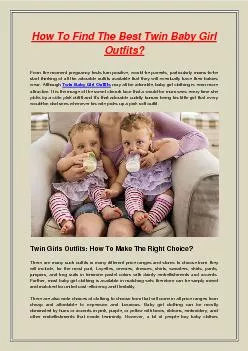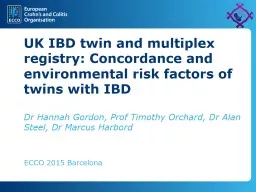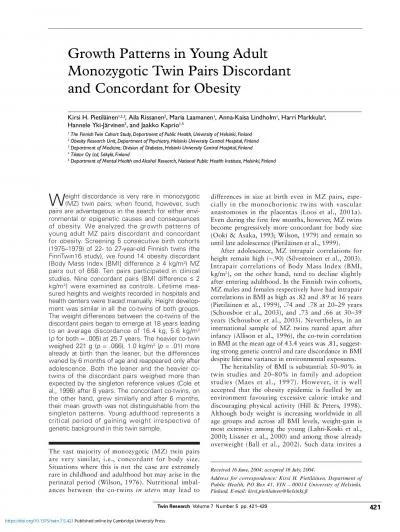PPT-Model assumptions & extending the twin model
Author : tatyana-admore | Published Date : 2017-08-14
Boulder 2016 Matthew Keller Hermine Maes Brad Verhulst Lindon Eaves Acknowledgments John Jinks David Fulker Robert Cloninger Lindon Eaves Andrew Heath Sarah
Presentation Embed Code
Download Presentation
Download Presentation The PPT/PDF document "Model assumptions & extending the tw..." is the property of its rightful owner. Permission is granted to download and print the materials on this website for personal, non-commercial use only, and to display it on your personal computer provided you do not modify the materials and that you retain all copyright notices contained in the materials. By downloading content from our website, you accept the terms of this agreement.
Model assumptions & extending the twin model: Transcript
Download Rules Of Document
"Model assumptions & extending the twin model"The content belongs to its owner. You may download and print it for personal use, without modification, and keep all copyright notices. By downloading, you agree to these terms.
Related Documents

